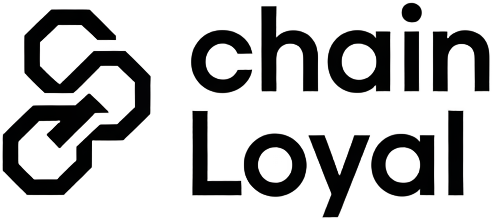
On-chain loyalty staking is rapidly emerging as a high-impact DeFi user engagement strategy, transforming how platforms attract, retain, and reward participants. As decentralized finance matures, the competition for user attention intensifies. Projects are now leveraging token-based loyalty programs and staking incentives to foster deeper relationships with their communities. The result? Enhanced platform activity, higher retention rates, and a more vibrant ecosystem.

Mechanics of On-Chain Loyalty Staking: Beyond Simple Rewards
Unlike traditional yield farming or basic staking models, on-chain loyalty staking incorporates gamified elements and cross-ecosystem utility to keep users coming back. Platforms such as Mojito Loyalty are leading this charge by enabling dApps and protocols to reward a wide range of on-chain actions – from swaps and votes to NFT mints. Participants accrue experience points (XP), progress through tiered ranks, and unlock customized rewards tailored to their level of engagement (getmojito.com).
Key Mechanisms of On-Chain Loyalty Staking in DeFi
-

Rewarding On-Chain Actions: Platforms such as Mojito Loyalty incentivize users for specific on-chain activities like swaps, staking, voting, and minting. Users accumulate experience points (XP), advance through loyalty tiers, and unlock tailored rewards, directly encouraging ongoing engagement.
-

Gamification and Progression Systems: DeFi platforms implement gamified features including progress bars, badges, and tiered levels. These elements, as seen on Mojito Loyalty, create a dopamine-driven feedback loop, motivating users to remain active and strive for higher rewards.
-
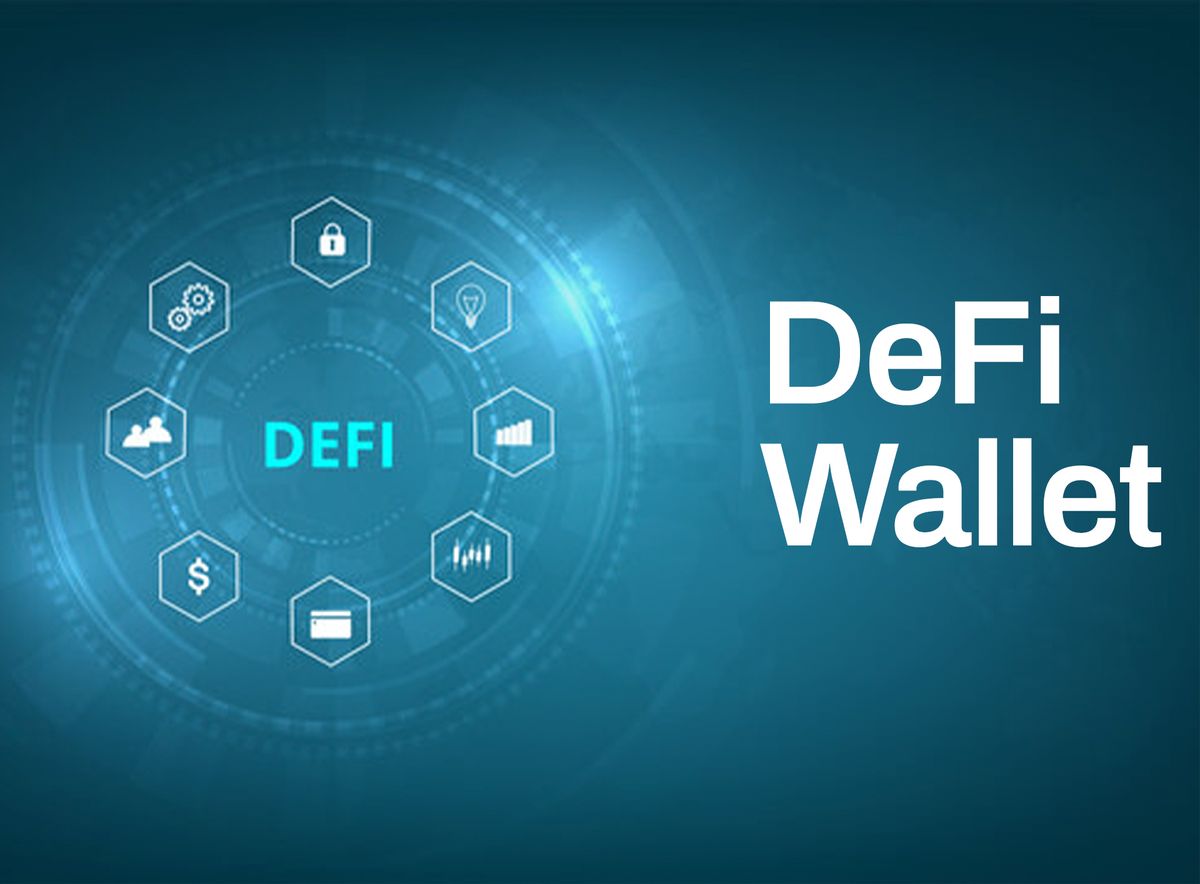
Cross-Ecosystem Token Utility: Loyalty tokens designed for use across multiple dApps and DeFi platforms, such as those highlighted by TDeFi, increase utility and engagement by enabling value beyond a single ecosystem.
-
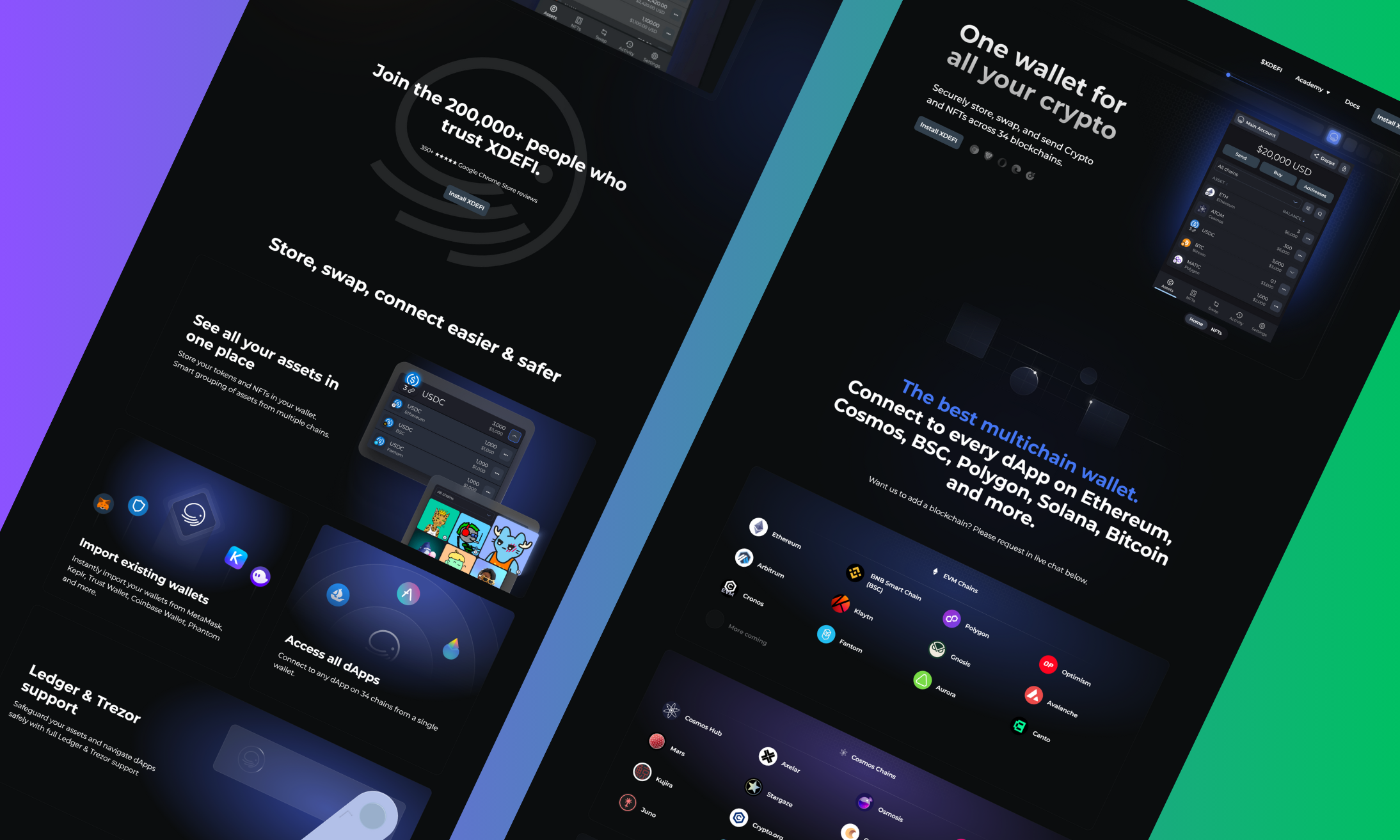
Tiered Reward Multipliers: Projects like Life DeFi offer point systems where holding native tokens multiplies the value of earned rewards. Users achieve higher ranks and access greater benefits, fostering deeper platform loyalty.
-
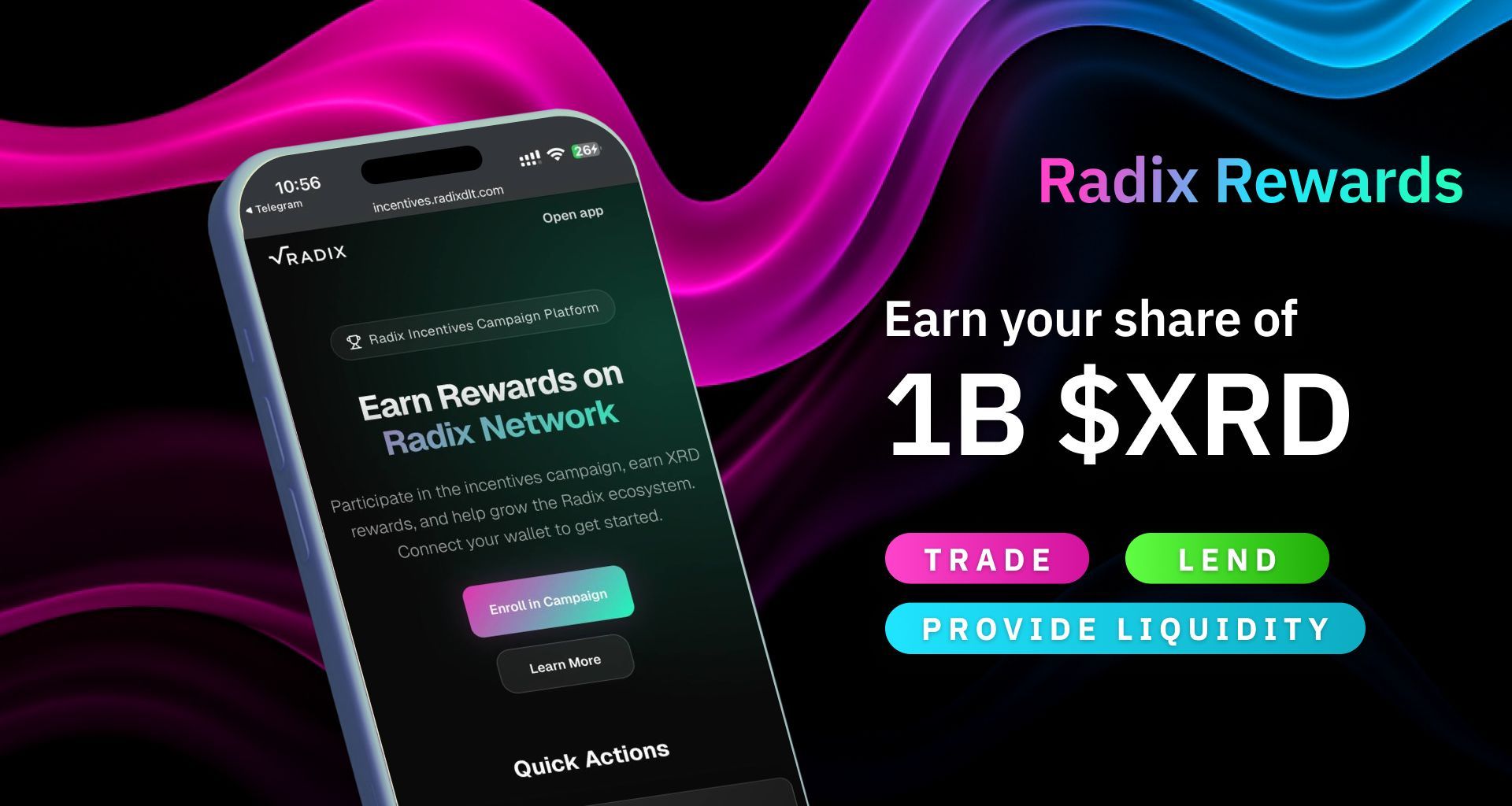
Quest-Based Community Engagement: Initiatives such as Radix’s Token Trek incentivize participation through quests and challenges. Users earn XP for completing tasks, which can be exchanged for native tokens like XRD, driving sustained activity and engagement.
-
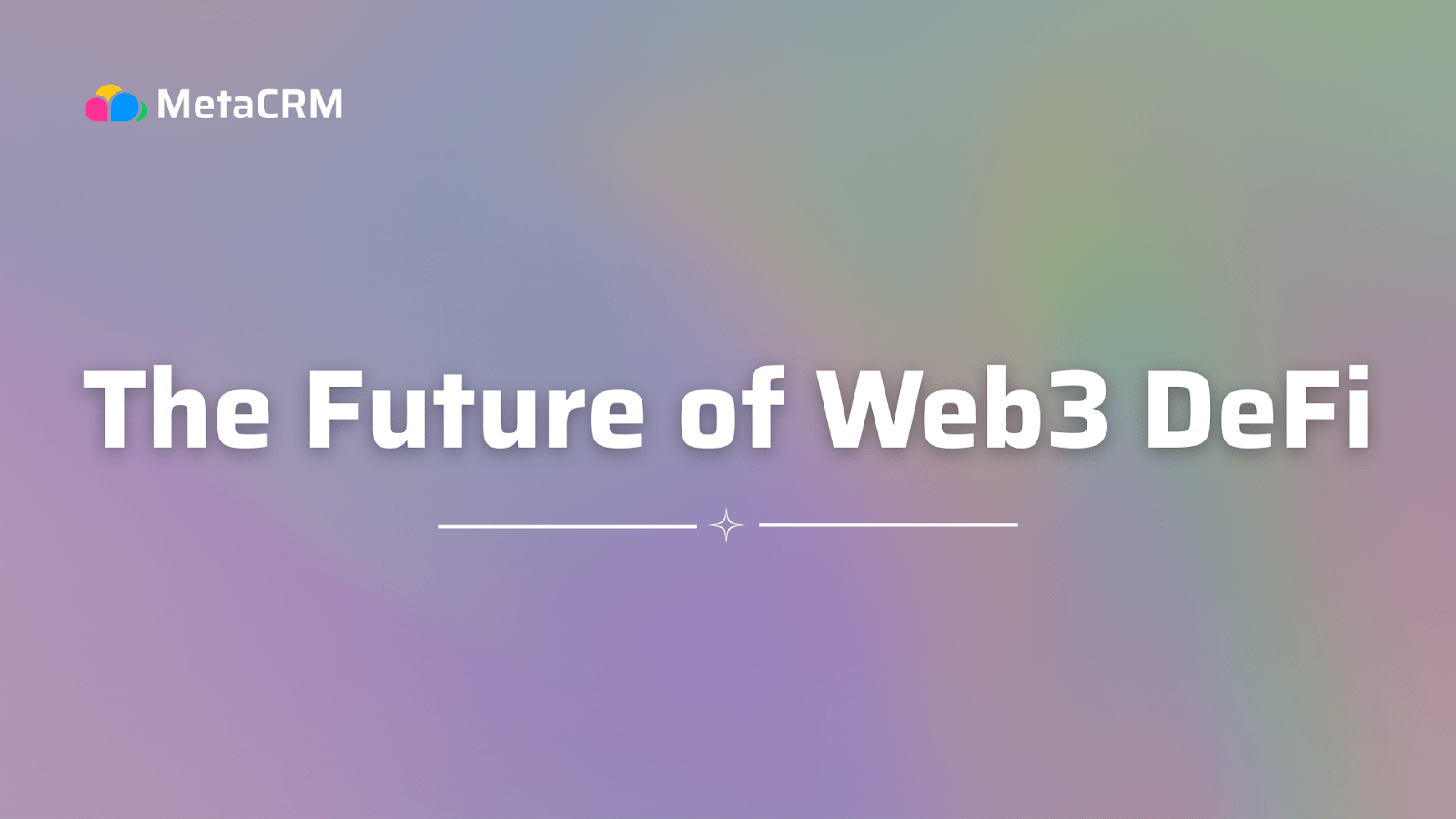
Personalized Real-Time Notifications: Solutions like MetaCRM boost engagement by sending users real-time, personalized alerts about staking opportunities, reward milestones, or new features, helping to reactivate dormant users and maintain high platform activity.
-
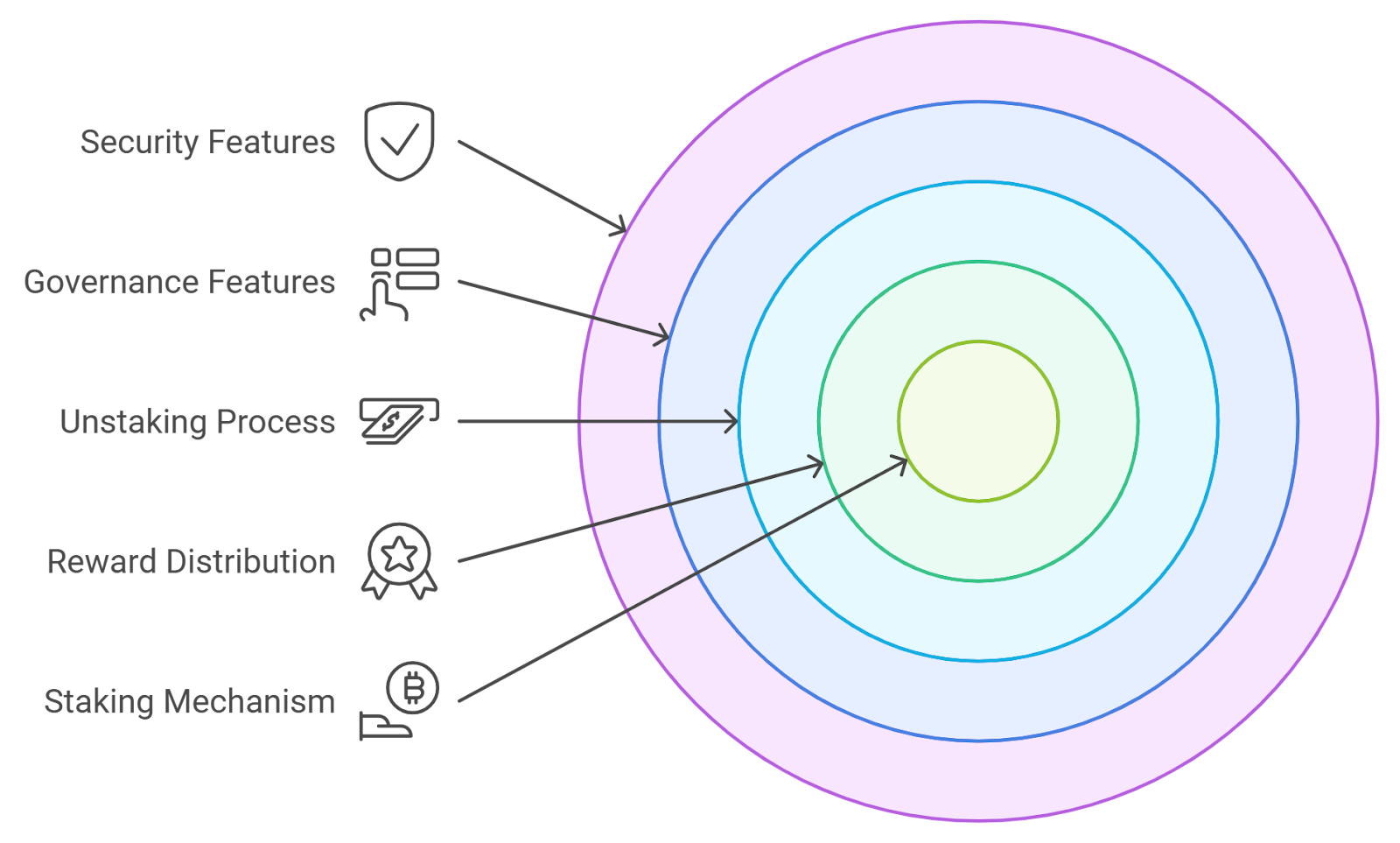
Decentralized and Transparent Reward Distribution: Leveraging smart contracts, platforms ensure that loyalty rewards are distributed transparently and automatically, reducing the risk of manipulation and increasing user trust in the system.
-

Integration with Real-World Brands: Blockchain loyalty programs from companies such as Nike and Starbucks integrate on-chain rewards with real-world experiences, expanding the appeal and practical value of DeFi loyalty tokens.
-
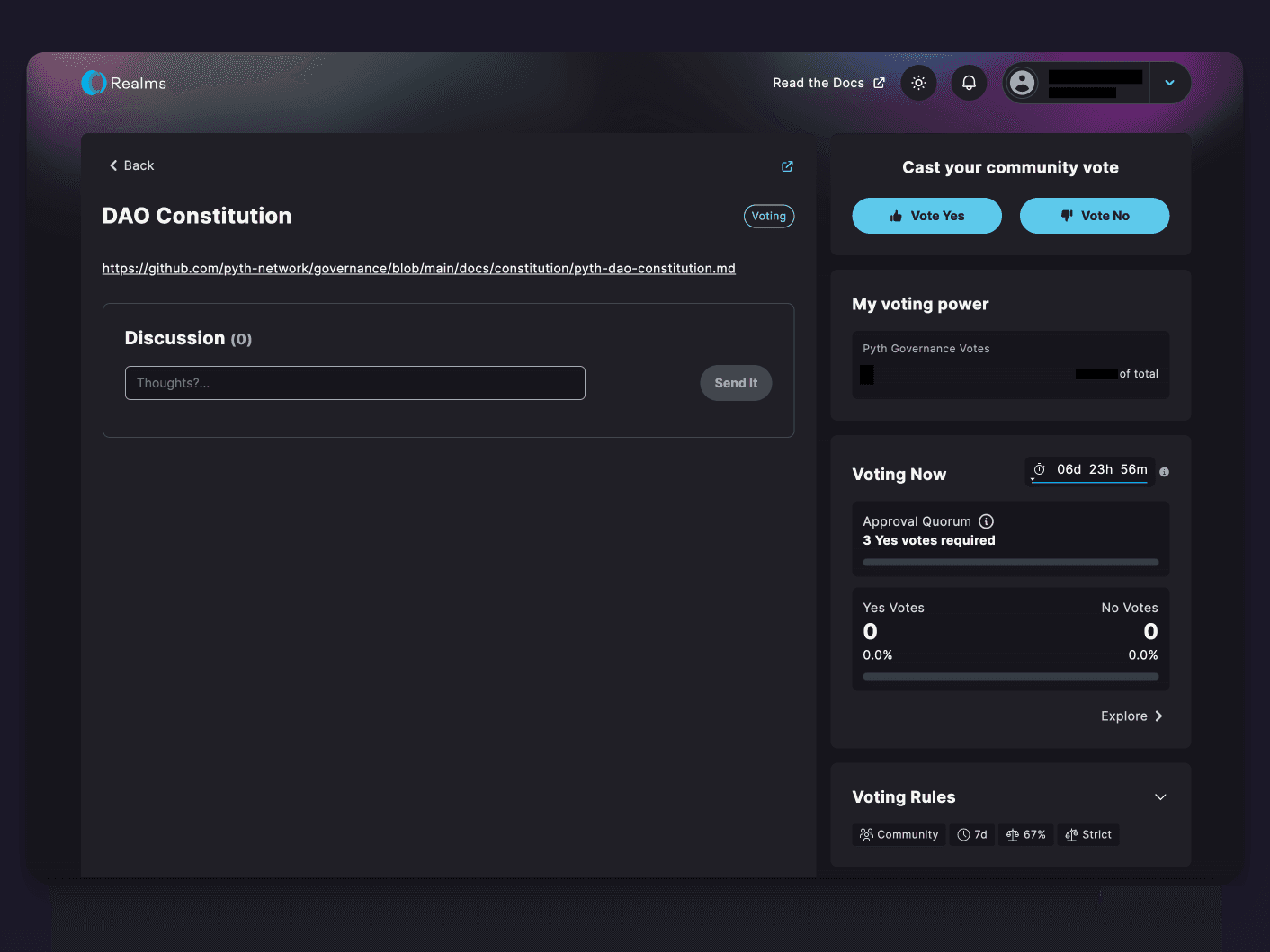
Community-Driven Governance Incentives: Many DeFi platforms empower loyal users by granting governance rights, allowing them to vote on protocol changes or reward structures, thereby increasing their sense of ownership and long-term engagement.
-
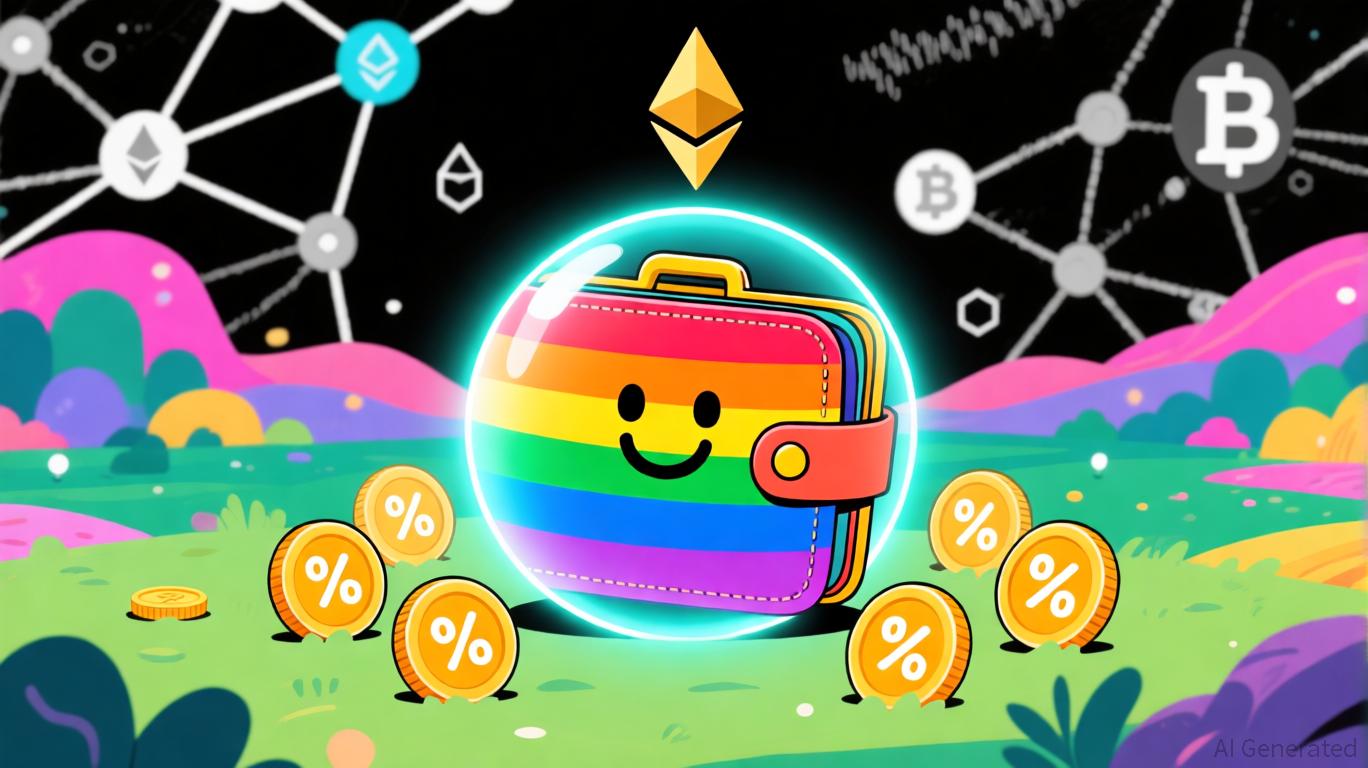
Continuous Airdrops and Exclusive Access: Regular airdrops and access to exclusive features or events for loyal stakers, as seen on platforms like Life DeFi, provide ongoing incentives for users to remain active and engaged.
This approach creates a dynamic feedback loop: the more users interact with the platform, the greater their rewards – not just in tokens but also in status, access rights, or even governance influence. The dopamine effect of leveling up keeps participation high while mitigating churn.
Case Studies: Data-Driven Results from Leading Platforms
The impact of on-chain loyalty staking isn’t just theoretical. In November 2023, Life DeFi rolled out a native loyalty system that multiplies point values for holding its native token. Users earn points for actions like inviting friends or exploring new features; higher ranks unlock outsized rewards including eligibility for future airdrops (lifedefi.co). This structure resulted in measurable increases in both daily active users and transaction volumes within weeks of launch.
Similarly, Radix’s Token Trek campaign (May 2024) incentivized over $120,000 in rewards for completing ecosystem quests. By converting XP into XRD tokens upon quest completion, Radix not only drove sustained engagement but also onboarded new community members who became long-term stakeholders (defi.io).
Why Staking Incentives Outperform Traditional Loyalty Programs
The data shows that token-based loyalty programs outperform Web2-style point systems in several key areas:
- Tangible Value: Rewards are liquid tokens or NFTs rather than abstract points.
- Programmability: Smart contracts ensure transparent distribution and reduce fraud risk.
- Composability: Loyalty tokens can be staked or used across multiple platforms for additional yield (tde.fi).
This composability is crucial – it means that users aren’t locked into one ecosystem but can maximize returns through strategic participation across DeFi protocols.
From a pragmatic perspective, the real-world impact of on-chain loyalty staking is best measured by retention rates, wallet activity, and community growth. When users know their actions, whether staking, swapping, or voting, directly translate to tangible rewards and progression, they’re more likely to remain active and invested in the protocol’s future. This effect compounds as users climb tiers or unlock governance privileges, creating a sense of ownership that static point-based systems simply cannot replicate.
Another significant advantage is the cross-ecosystem utility of loyalty tokens. Platforms that allow their tokens to interact with external DeFi protocols or real-world applications see heightened engagement and broader reach. For example, loyalty tokens can be staked for yield elsewhere or used as collateral in lending markets, turning passive rewards into active financial instruments. This flexibility is already being leveraged by leading projects and is cited as a key differentiator in user acquisition strategies (tde.fi).
Best Practices: Designing Effective On-Chain Loyalty Staking Programs
For platforms aiming to implement or refine their own on-chain loyalty staking systems, several data-driven best practices have emerged:
Best Practices for On-Chain Loyalty Staking Programs
-

Reward Specific On-Chain Actions: Platforms like Mojito Loyalty incentivize users for concrete actions such as swaps, staking, voting, and minting. This targeted approach ensures that engagement aligns with platform goals and fosters meaningful participation.
-

Implement Gamification and Tier Progression: Integrate features like progress bars, badges, and tiered rewards to create a sense of achievement. For example, Mojito Loyalty uses experience points (XP) and levels to keep users motivated and engaged over time.
-
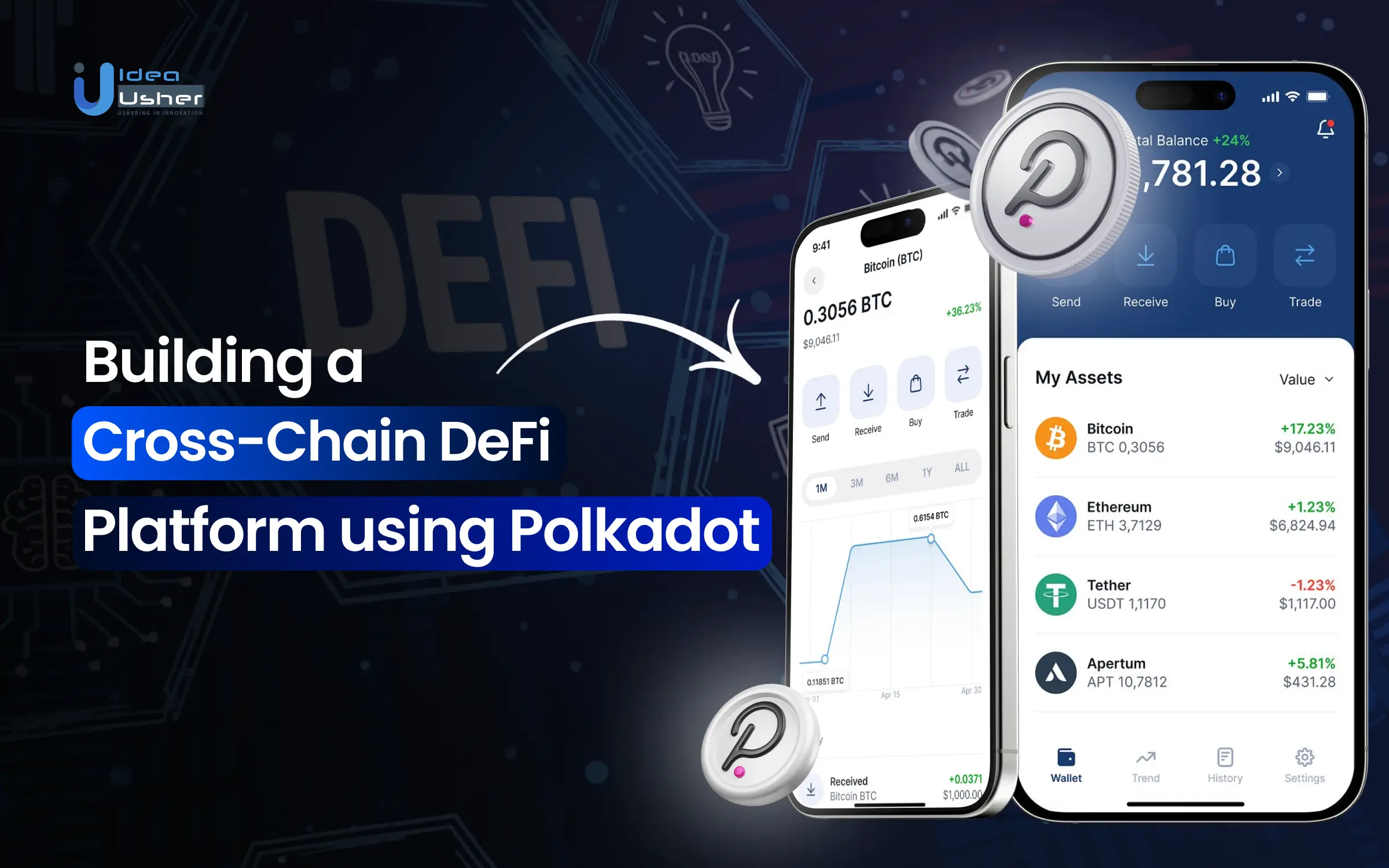
Enable Cross-Ecosystem Token Utility: Design loyalty tokens to function across multiple dApps and platforms, as recommended by TDeFi. This increases token value and encourages broader user participation.
-

Leverage Multipliers for Deeper Engagement: Platforms like Life DeFi multiply loyalty points for users who hold native tokens, incentivizing both holding and active participation.
-

Incorporate Quests and Challenges: Radix’s Token Trek demonstrates the effectiveness of quest-based engagement, where users complete tasks to earn XP and exchange it for native tokens, driving sustained platform activity.
-
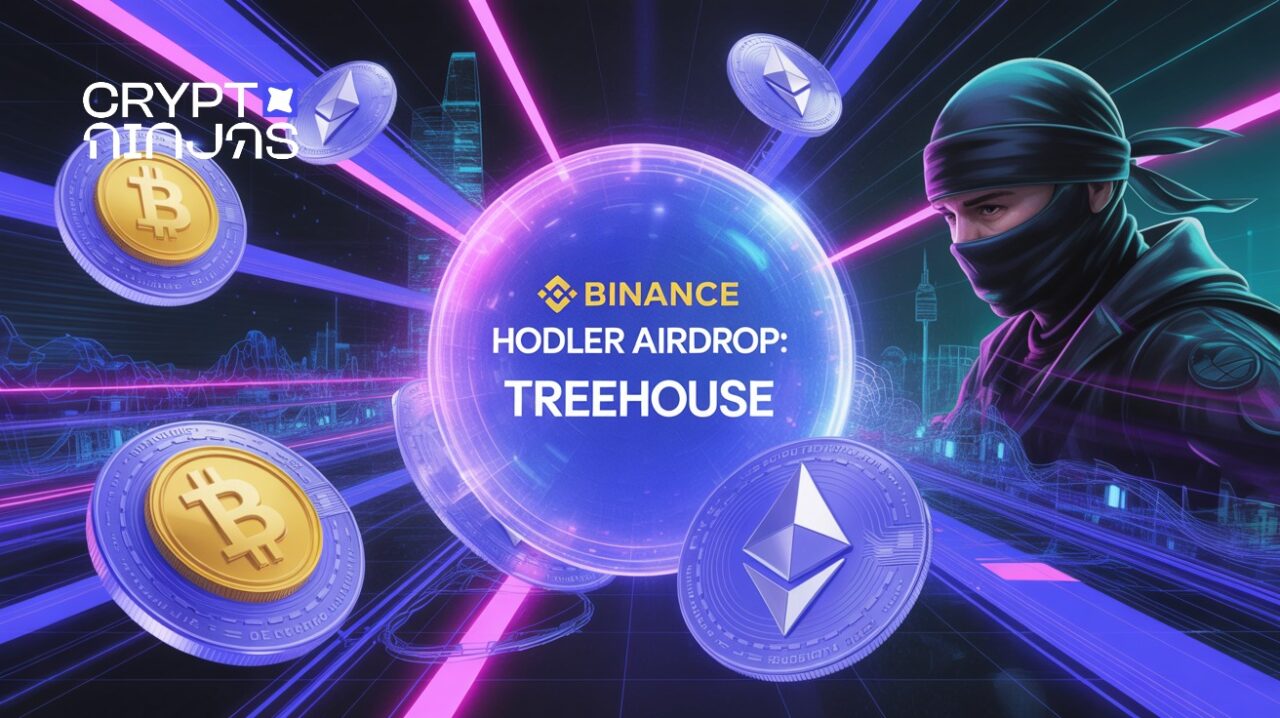
Offer Tangible, On-Chain Rewards: Provide clear, valuable incentives—such as token airdrops or increased yield—for loyalty actions. This direct value proposition, as seen in leading DeFi platforms, strengthens user commitment.
-
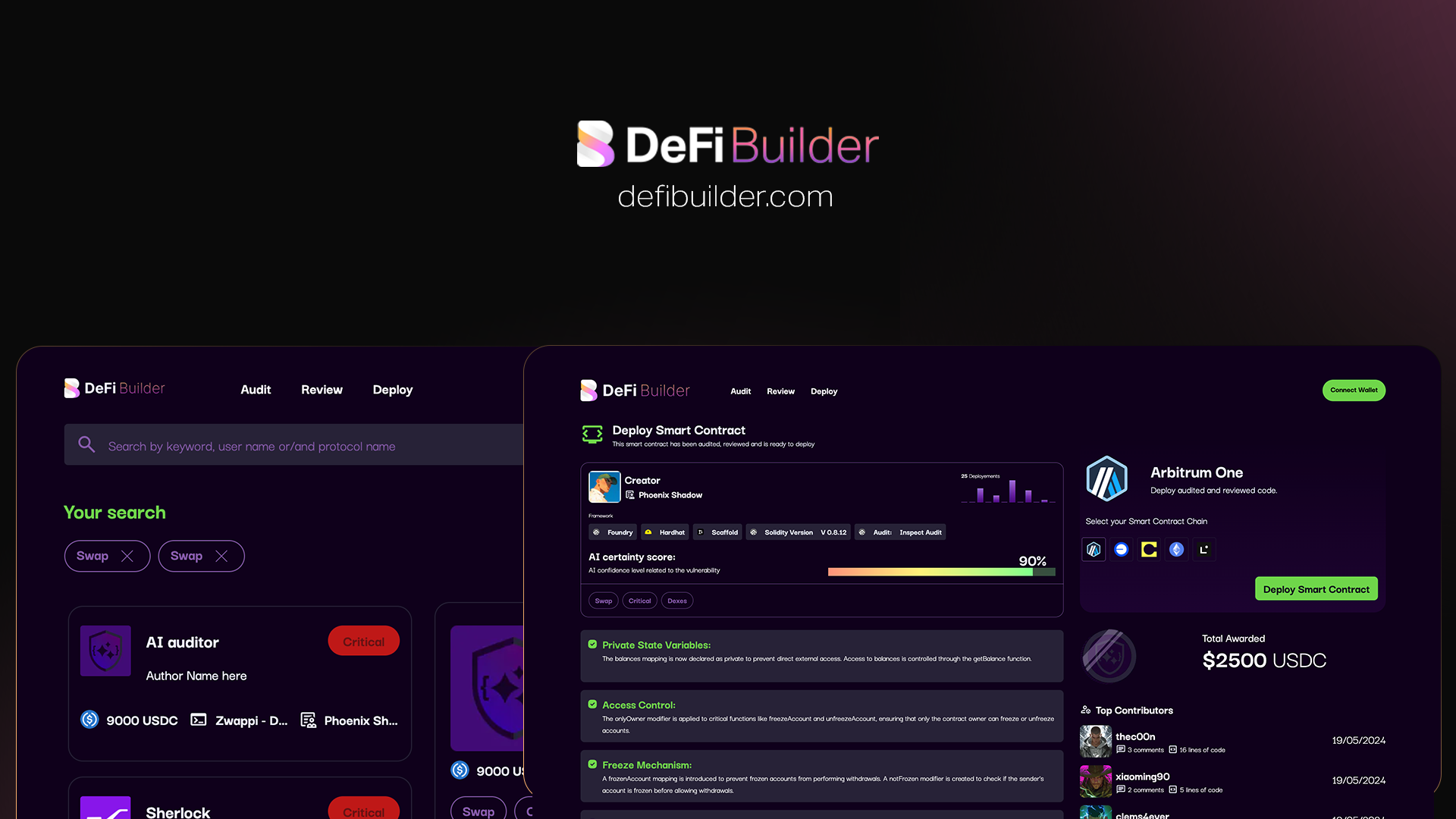
Utilize Transparent Smart Contracts: Ensure all loyalty mechanisms are governed by auditable, on-chain smart contracts to build trust and transparency within the community.
-
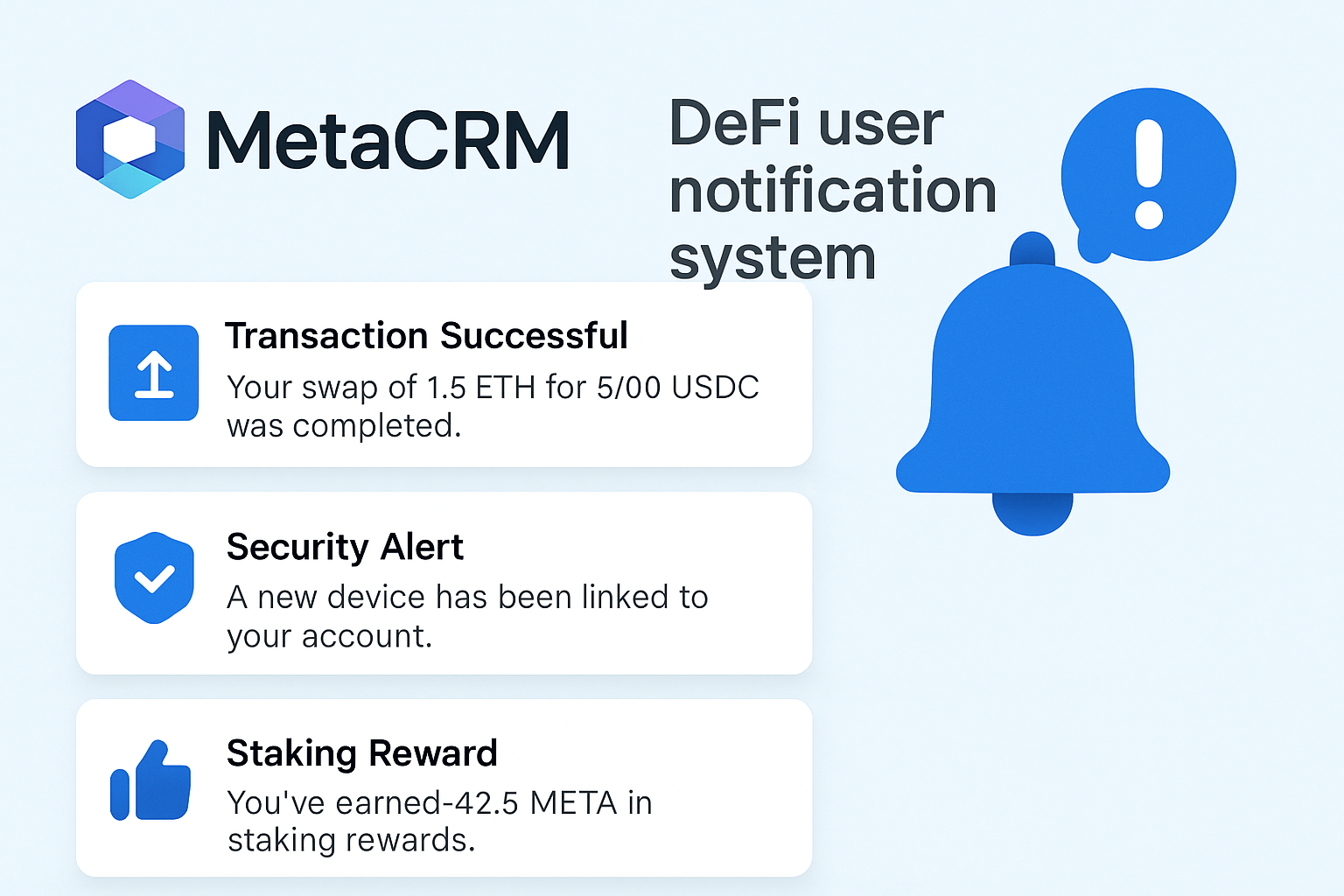
Personalize User Notifications: Adopt real-time, personalized notifications (e.g., via MetaCRM) to alert users of new rewards, tier upgrades, or staking opportunities, boosting re-engagement and retention.
-

Foster Community and Social Engagement: Encourage users to invite friends and participate in community events, as practiced by Life DeFi, to amplify network effects and loyalty.
-
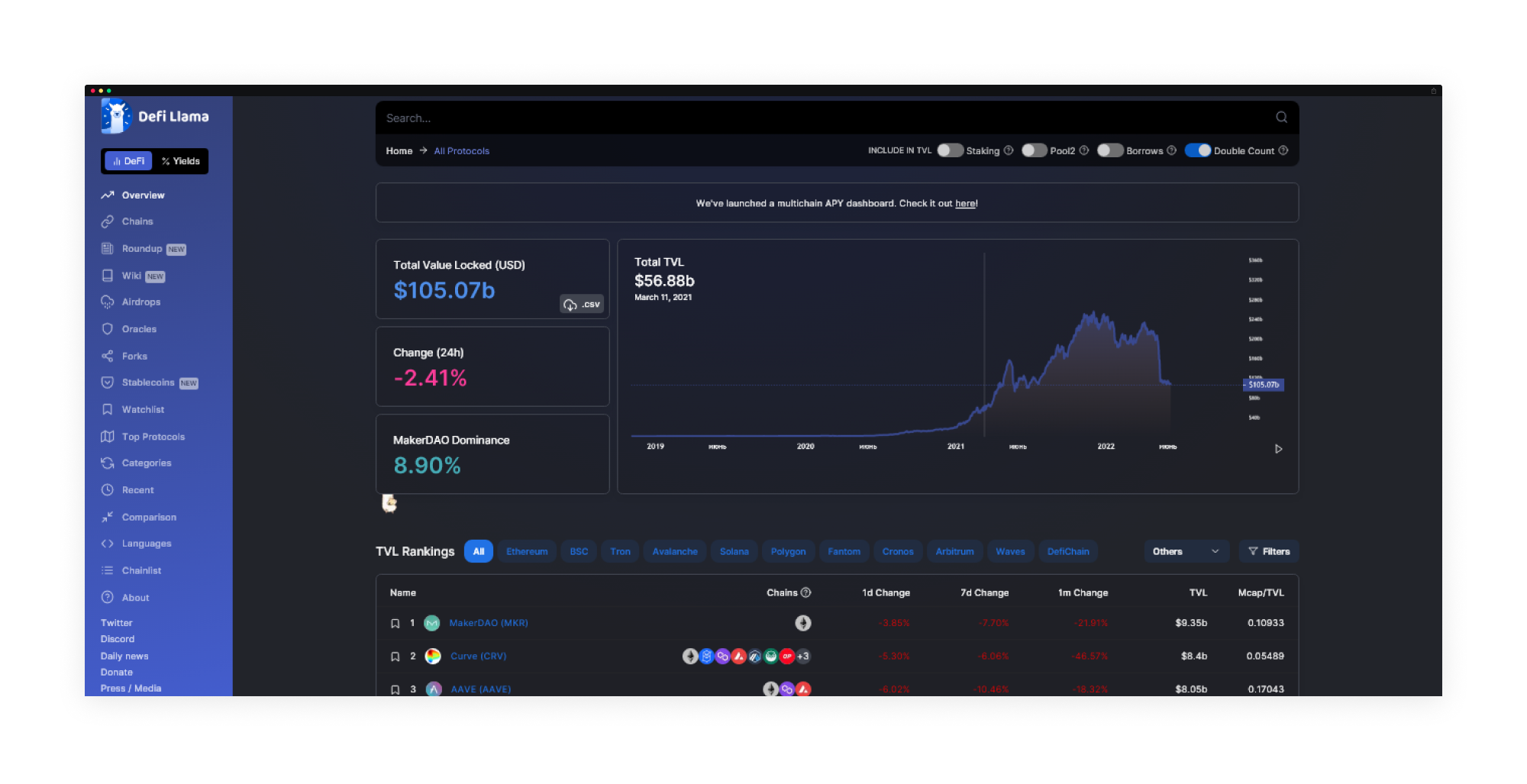
Continuously Optimize Based on User Data: Regularly analyze user engagement metrics and feedback to refine loyalty programs, ensuring they remain relevant and effective in driving long-term retention.
Transparency remains paramount, users want clear rules about how rewards are calculated and distributed. Smart contract audits and real-time dashboards build trust and reduce ambiguity around program mechanics. Personalization, such as custom quests or tiered challenges, increases stickiness by catering to different user personas. Finally, integrating social elements like referral bonuses or collaborative quests can amplify network effects and drive organic growth.
Outlook: The Future of DeFi Retention Strategies
The competitive landscape for DeFi user engagement will only intensify as more capital flows into decentralized markets. Platforms that innovate with on-chain loyalty staking are set to capture outsized market share, not just by rewarding users but by making them stakeholders in the protocol’s success story.
The next wave will likely see even deeper gamification (think seasonal leaderboards or narrative-driven quests) and expanded token utility across consumer chains and physical retail integrations. As blockchain infrastructure matures, expect seamless interoperability between platforms, further enhancing the value proposition for loyal participants.
Ultimately, on-chain loyalty staking is not just a retention tool, it’s a strategic lever for sustainable growth in Web3. By aligning incentives transparently and creatively, DeFi projects can turn fleeting interest into long-term advocacy while keeping users engaged at every step of their journey.
